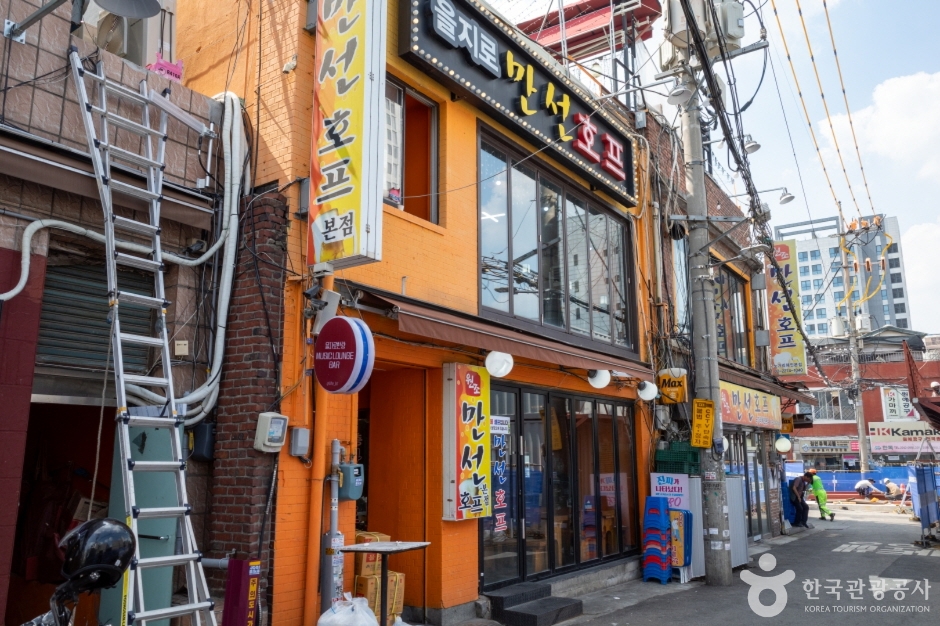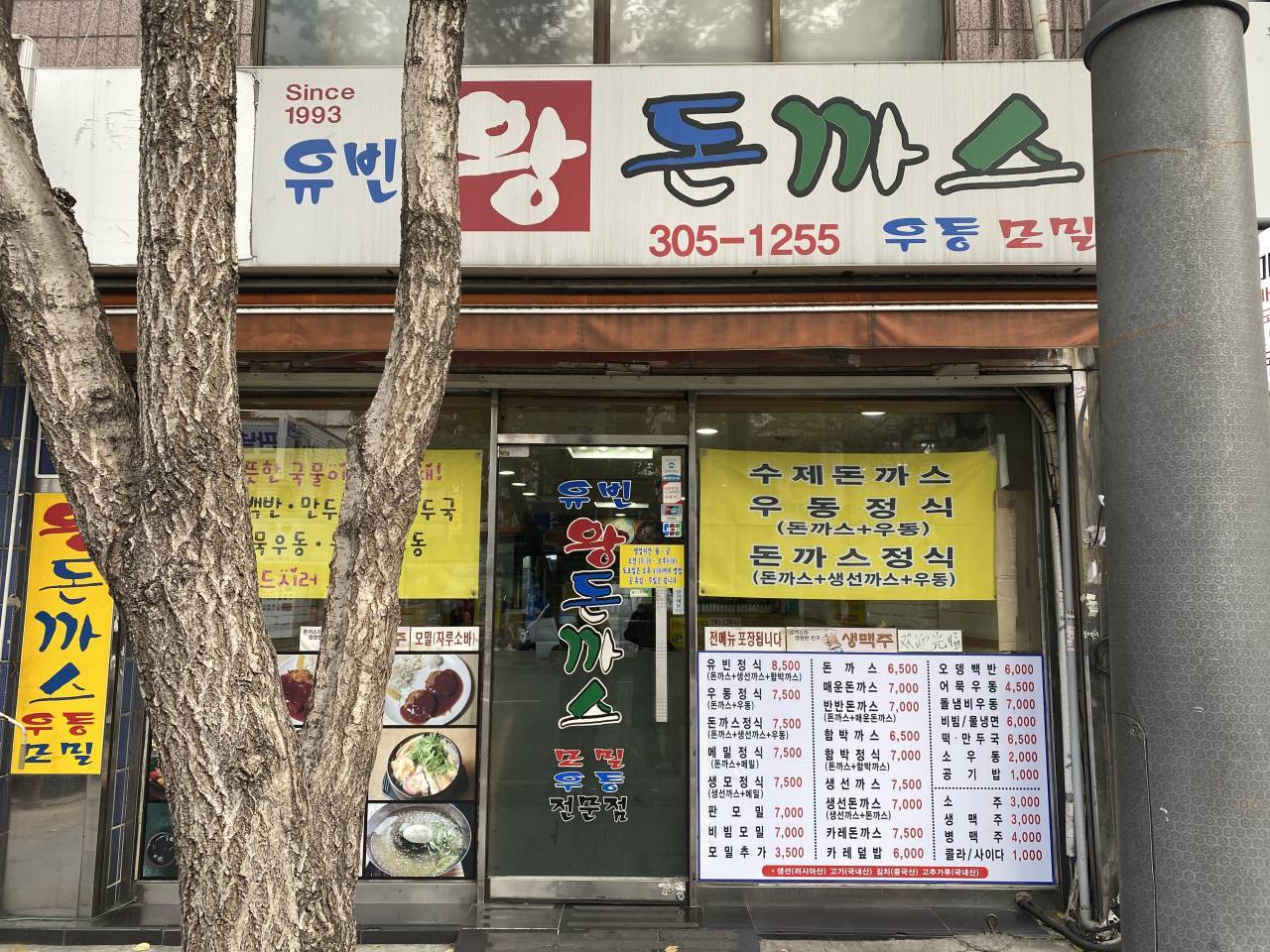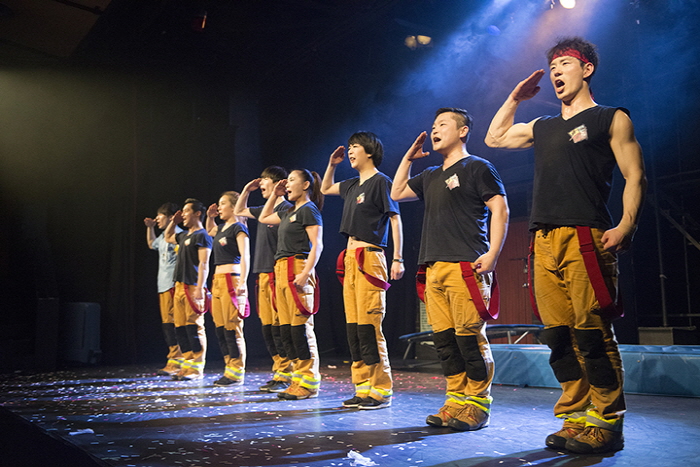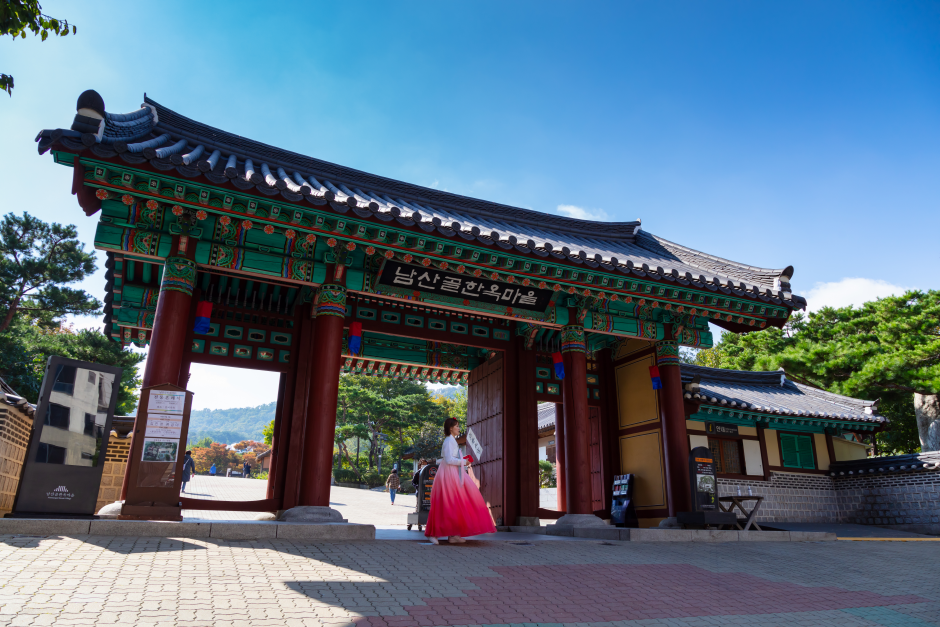Olive Young - Sangdo Station Branch [Tax Refund Shop] (올리브영 상도역)
6.1Km 2024-04-18
257, Yangnyeong-ro, Dongjak-gu, Seoul
-
Euljiro Nogari Alley (을지로 노가리골목)
6.1Km 2024-10-29
129, Eulji-ro, Jung-gu, Seoul
+82-2-1330
The alley that connects from Euljiro 3(sam)-ga Station, Exit 4 is full of people eating dried young pollack and drinking beers at tables along the street every night. Under the bright lamp lights, plastic tables filled with customers can be seen. The first Nogari pub, Eulji OB Bear, opened in November 1980 to form what is now the Euljiro Nogari Alley. Euljiro also has the largest Printing Alley in the nation, providing printing for almost all books and printed materials across the country. The shift workers would stop by the pub for dried young pollack and cold beer before heading home after work, leading to more restaurants opening nearby until the alley was formed. In the beginning dried young pollack was cooked over a briquet fire and served with red pepper paste, but now, the alley is full of pubs and restaurants serving various types of food, but nothing beats nogari and cold draft beer.
Artbox - Jongno 3(sam)-ga Branch [Tax Refund Shop] (아트박스 종로3가)
6.1Km 2024-04-17
126, Jong-ro, Jongno-gu, Seoul
-
Darakjeong (다락정)
6.1Km 2021-03-26
131-1, Samcheong-ro, Jongno-gu, Seoul
+82-2-725-1697
Darakjeong has been popular for a long time because of the simple taste of its traditional Mandu (Korean stuffed dumpling). Since its opening in 1991, tasty soup and scrumptious Mandu have been served. A fist-sized Mandu is fully packed with seasoned meat, bean-curd, and various vegetables. Its thick dough makes it chewy and delightful. For one person, “Manduguk”(boiled dumpling soup) is a good choice. The delicious and nourishing taste of Mandu goes well with the sweet, spicy, and fresh taste of the soup. Manduguk is served in a brass bowl which keeps the food warm while eating. For a large-size group, “Mandujeongol” cooked with various vegetables in a casserole is recommended. There are two types of Mandujeongol that have different tastes. The main characteristic of “Kimchi Mandujeongol” is its spicy flavor, which reminds people of the refreshing taste of Kimchi soup, and “Tojang Mandujeongol” expounds on the savory taste of bean-paste soup. Tojang means folk soybean-paste. “Nokdujeon”(a Korean pan-fried dish with green mung bean) is another famous dish at Darakjeong, which is pan-fried with a very light seasoning to emphasize the original taste of Nokdu (green mung bean). Salted oysters with hot pepper are served with Nokdujeon instead of soy sauce, which is a perfect match.
Wonjo Hosu Samgyetang (원조호수삼계탕)
6.1Km 2024-03-15
276, Dorim-ro, Yeongdeungpo-gu, Seoul
+82-2-848-2440
Opened in 1990, Wonjo Hosu Samgyetang is often cited as one of the three best samgyetang (ginseng chicken soup) restaurants in Seoul. It has only one dish on the menu, the samgyetang (ginseng chicken soup) with thick and rich soup flavored with perilla seeds. The soup comes with a plate of kkakdugi (diced radish kimchi), sizable chili pepper and cucumber pieces to be dipped into gochujang (red chili paste), and raw garlic.
CU - National Museum of Korea Branch [Tax Refund Shop] (cu중앙박물관점)
6.1Km 2024-06-26
137, Seobinggo-ro, Yongsan-gu, Seoul
-
Yubin Wang Donkkaseu (유빈왕돈까스)
6.1Km 2021-03-18
46, Chungmu-ro, Jung-gu, Seoul
+82-2-305-1255
This is a Korean cuisine located in Euljiro, Seoul. The best menu at this restaurant is pork cutlet. A store selling pork cutlet, Koreans’ favorite dish.
Yeonwoohouse [Korea Quality] / 연우하우스 [한국관광 품질인증]
6.1Km 2023-09-12
5-13 , Bukchon-ro 12-gil, Jongno-gu, Seoul
+82-2-742-1115
Yeonoo House is a quiet and cozy traditional hanok in Bukchon Hanok Village, Jongno, Seoul. There are two small rooms, each with its own bathroom. Residents can access a superb panoramic view of Bukchon Hanok Village by mounting a ladder up to the roof. As Yeonoo is an old building, careful attention is paid to hygiene management. Gyeongbokgung Palace, Cheonggyeonggung Palace, and Changdeokgung Palace are all nearby.
Non-verbal Performance FIREMAN (넌버벌 퍼포먼스 FIREMAN)
6.1Km 2020-04-03
47, Mareunnae-ro, Jung-gu, Seoul
• 1330 Travel Hotline: +82-2-1330 (Korean, English, Japanese, Chinese) • For more info: +82-2-6271-1190
"Fireman" is a non-verbal performance that portrays the growth and development of silly and carefree trainees into courageous and trustworthy firefighters. The stage will grab the attention of the audience with acrobatic techniques, parkour, and b-boying movements. International audience can enjoy the show without any language barrier as the performance is non-verbal, meaning the play is carried out using only body movements and facial expressions to deliver the story. Since its first stage in 2015, the act went on an international tour and won the Grand Prize in Popular Culture category during the Korea Hallyu Awards in 2016.
Namsangol Hanok Village (남산골한옥마을)
6.1Km 2025-07-14
28 Toegye-ro 34-gil, Jung-gu, Seoul
Namsangol Hanok Village opened in 1998 on the northern side of Namsan Mountain in the center of the capital. This village has five restored hanok (traditional Korean house) premises, a pavilion, a traditional garden, a performance art stage, and a time capsule plaza, making it a perfect spot for locals and tourists to take a leisure walk. Upon entering from the front gate, visitors will get a taste of Korea's traditional life while escaping from bustling city life. The traditional garden with its pavilion and old houses creates a peaceful ambiance before the forested Namsan Mountain. A time capsule commemorating Seoul’s 600th anniversary was buried in 1994 at the highest point of the village and is scheduled to be reopened 400 years later in 2394.
The five hanok premises at Namsangol Hanok Village once belonged to aristocrats and government officials of the Joseon dynasty. Each house was originally located in a different neighborhood, but they were all moved to this area and restored to their original form. The houses were rebuilt using their original materials, except for one house, where the materials were too old and deteriorated to be reused. The premises were carefully restored and replicated according to their original form to depict the owners’ social class and personality. These buildings are now used as an exhibit to portray the living environment during the Joseon dynasty and as a venue for educational and cultural programs for children and tourists.
Some of the unique programs and activities to participate in include wearing hanbok, folding hanji (traditional Korean paper), writing in Korean, traditional tea ceremony, traditional etiquette school, and herbal medicine experience. There are also taekwondo demonstrations and other various performances held around the village. Visitors can also try traditional games such as yunnori (traditional board game), or understand more about the area through a guided tour.
![Olive Young - Sangdo Station Branch [Tax Refund Shop] (올리브영 상도역)](http://tong.visitkorea.or.kr/cms/resource/23/2880023_image2_1.jpg)




![Yeonwoohouse [Korea Quality] / 연우하우스 [한국관광 품질인증]](http://tong.visitkorea.or.kr/cms/resource/52/3009452_image2_1.jpg)


 English
English
 한국어
한국어 日本語
日本語 中文(简体)
中文(简体) Deutsch
Deutsch Français
Français Español
Español Русский
Русский